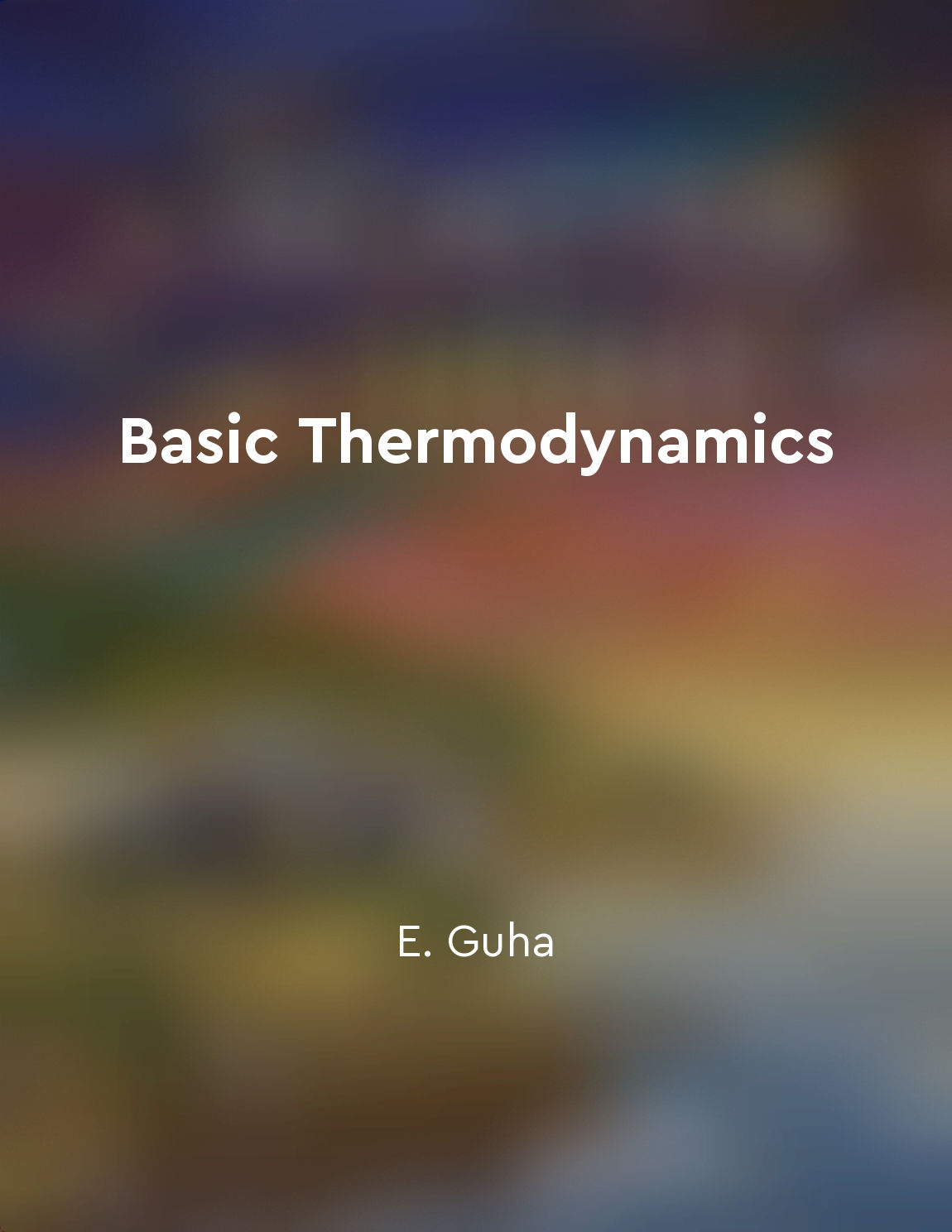Heat transfer mechanisms from "summary" of Basic Thermodynamics by E. Guha
Heat transfer is the process of energy transfer from one object to another. It occurs in three main ways: conduction, convection, and radiation. Heat is transferred in these ways to help keep objects at the same temperature.- Heat transfer occurs when thermal energy moves from one object or region to another due to a difference in their temperature, referred to as a thermal gradient.
- There are three primary mechanisms by which heat can be transferred: conduction, convection and radiation.
- Thermal conductivity determines how fast heat can transfer through an item and is generally related to its composition and microscopic structure.
- Convection involves the movement of air or liquid molecules that carry heat energy away from the hotter area to the cooler one.
- Scientists theorize that all three forms of heat transfer work simultaneously in most scenarios to carefully regulate temperatures on our planet.
- In conduction, heat moves through a substance without bulk motion of the material itself, such as an iron skillet on the stove top.
- Radiation describes the process of energy transmission via electromagnetic waves, spread over a long distance and not requiring a physical material medium for it to travel through.
- Heat transfer is essential for maintaining equilibrium in temperatures around us.
- During radiation the temperature of the two objects doesn’t have to be too disparate for heat exchange to take place.
- Insulators do not conduct heat effectively, while good conductors pass it quickly.


